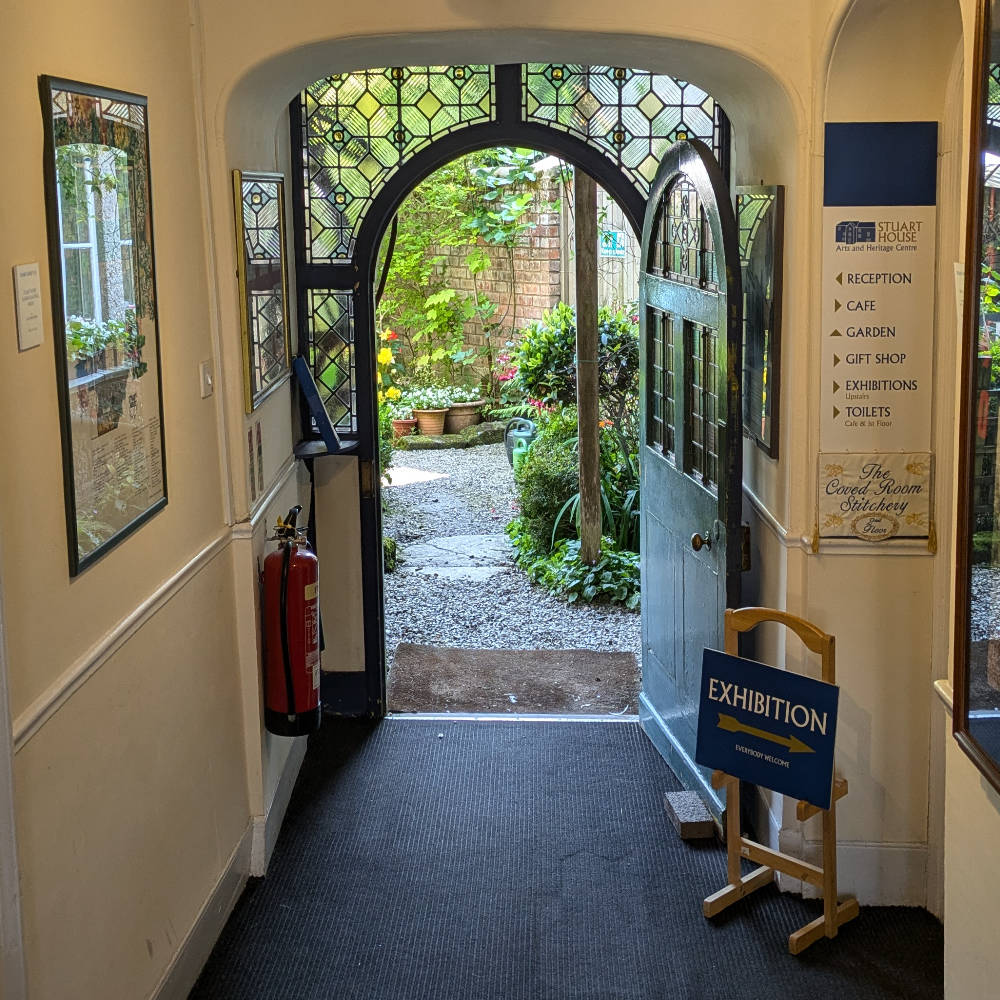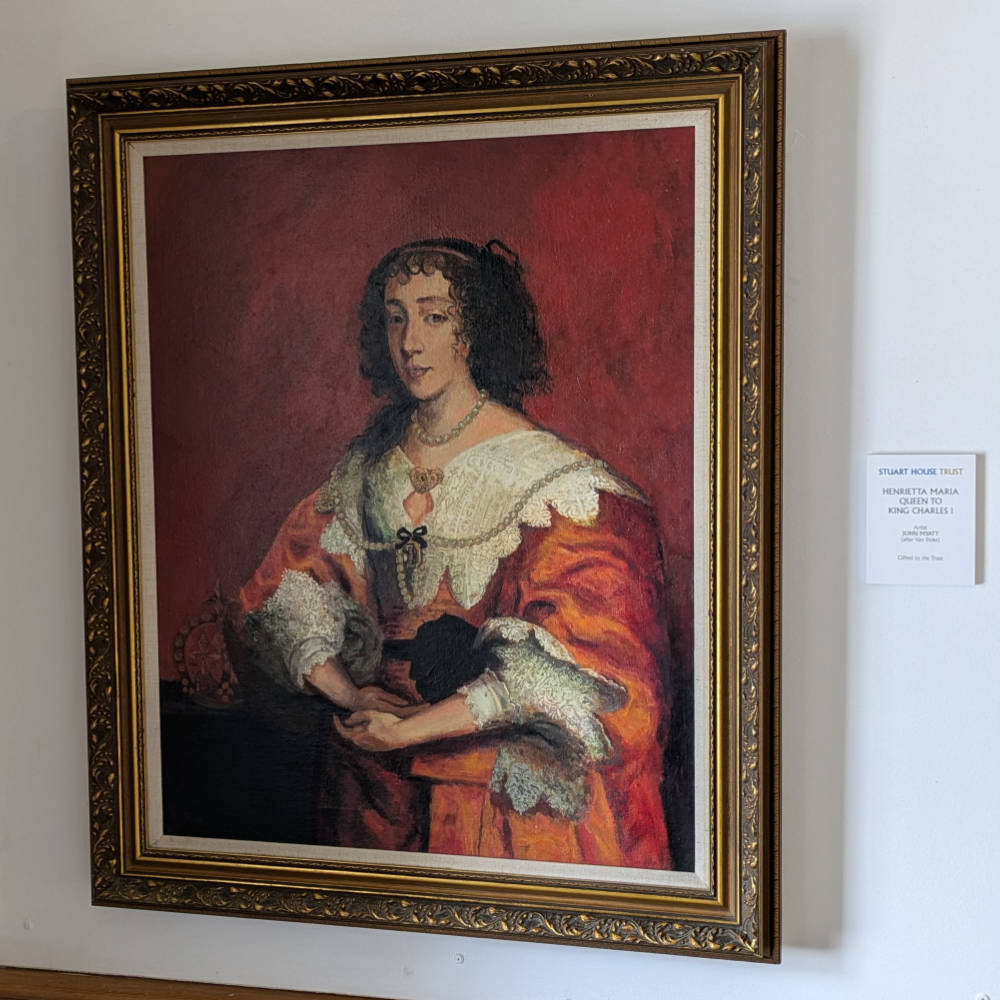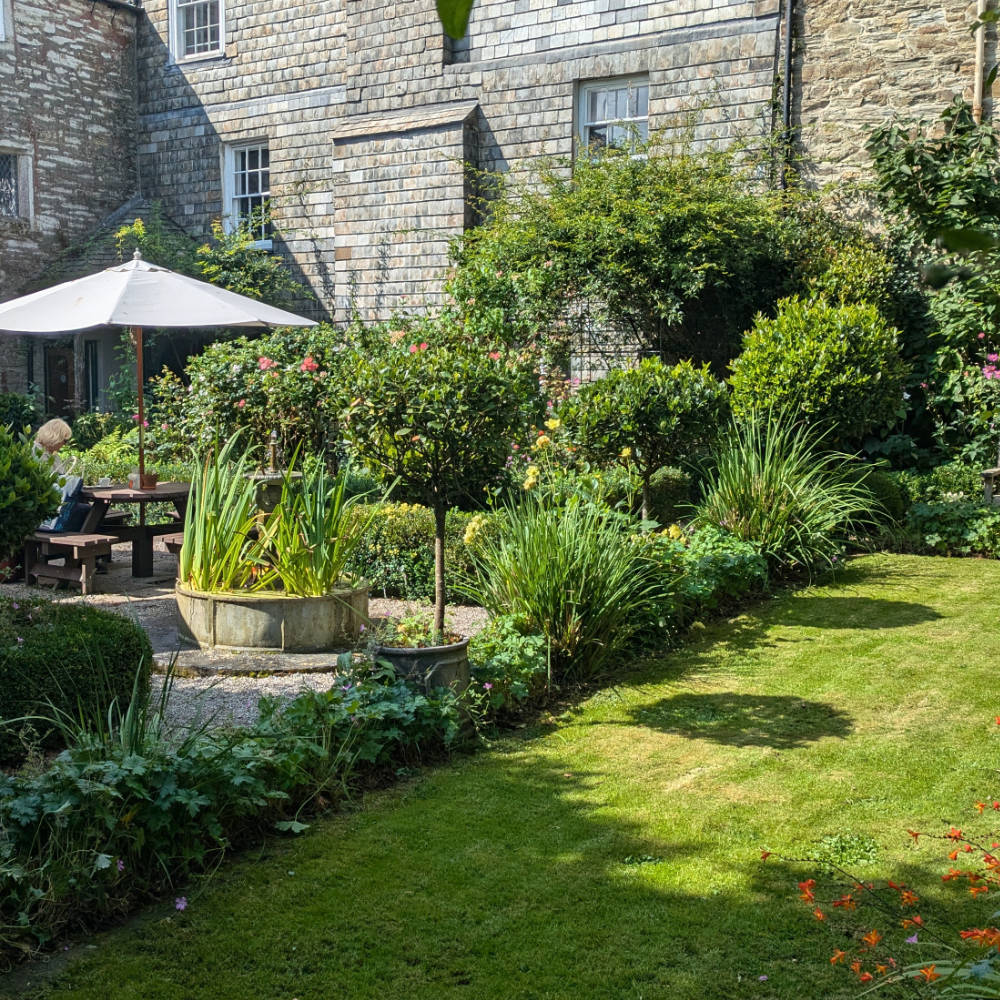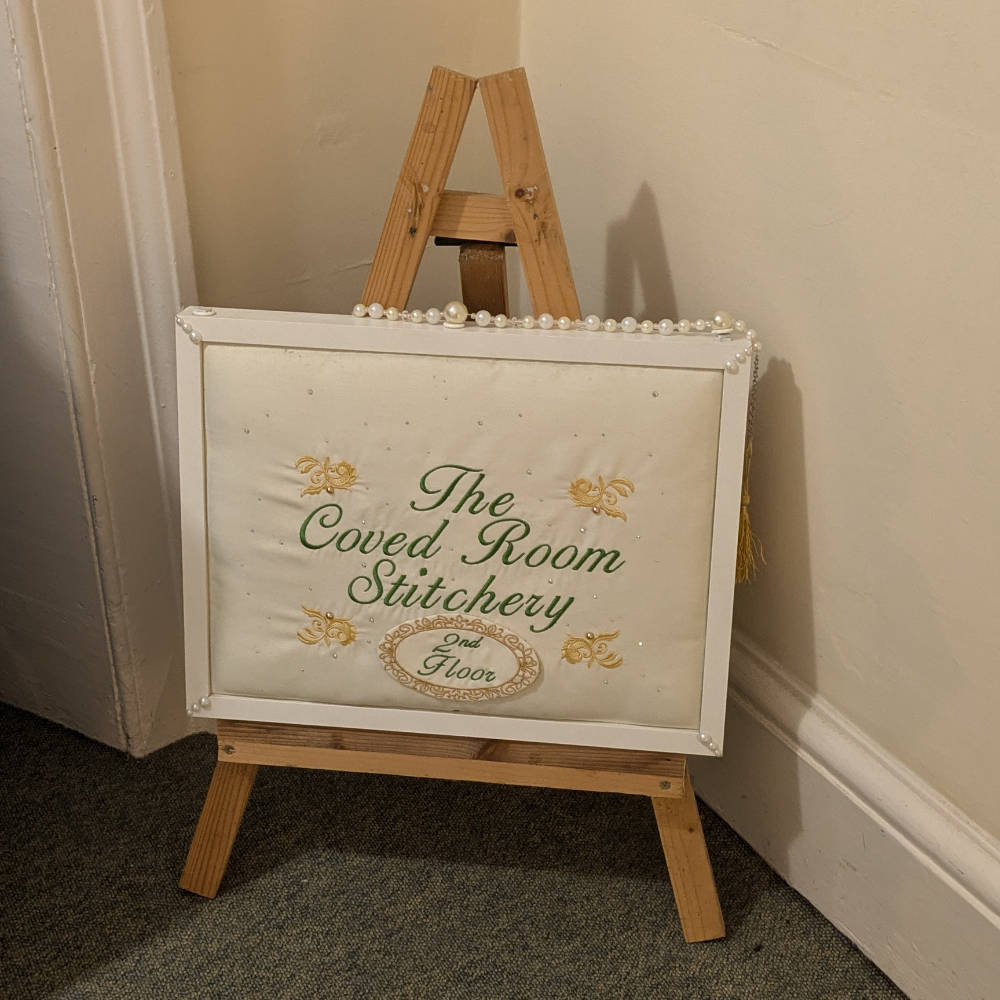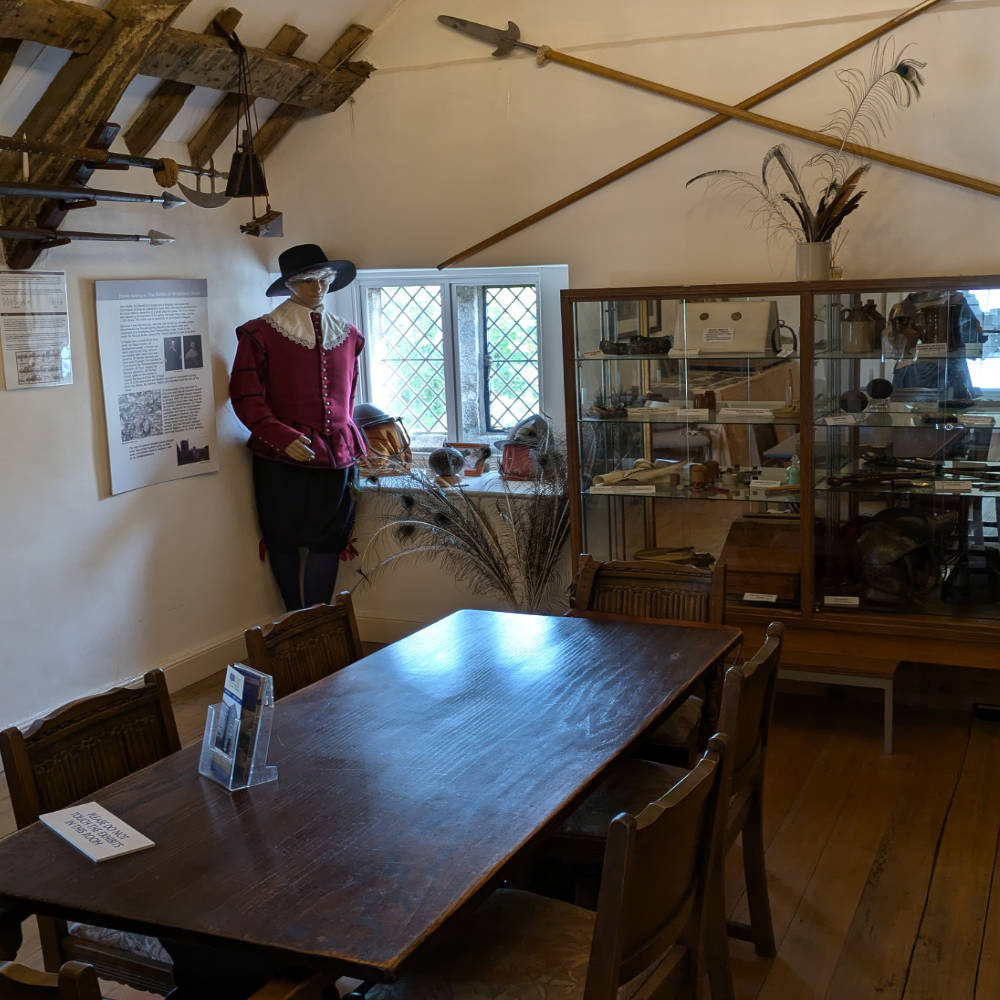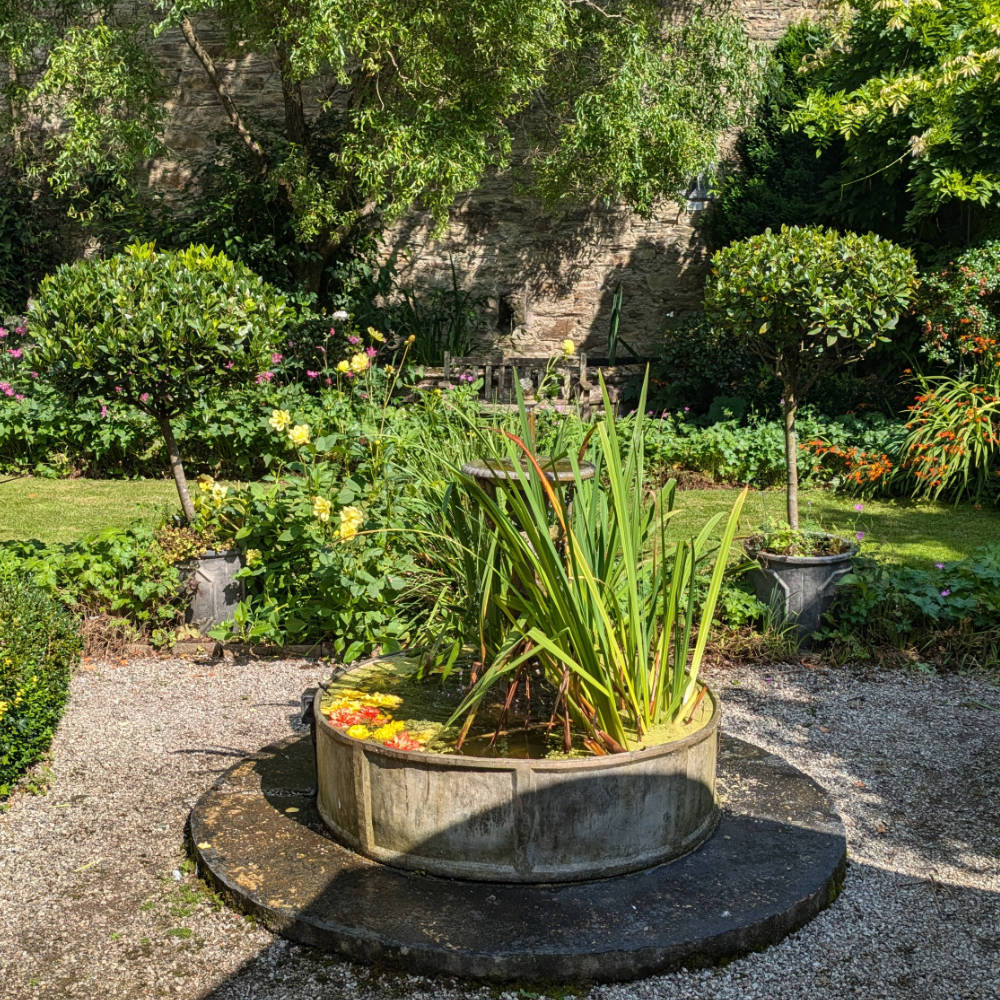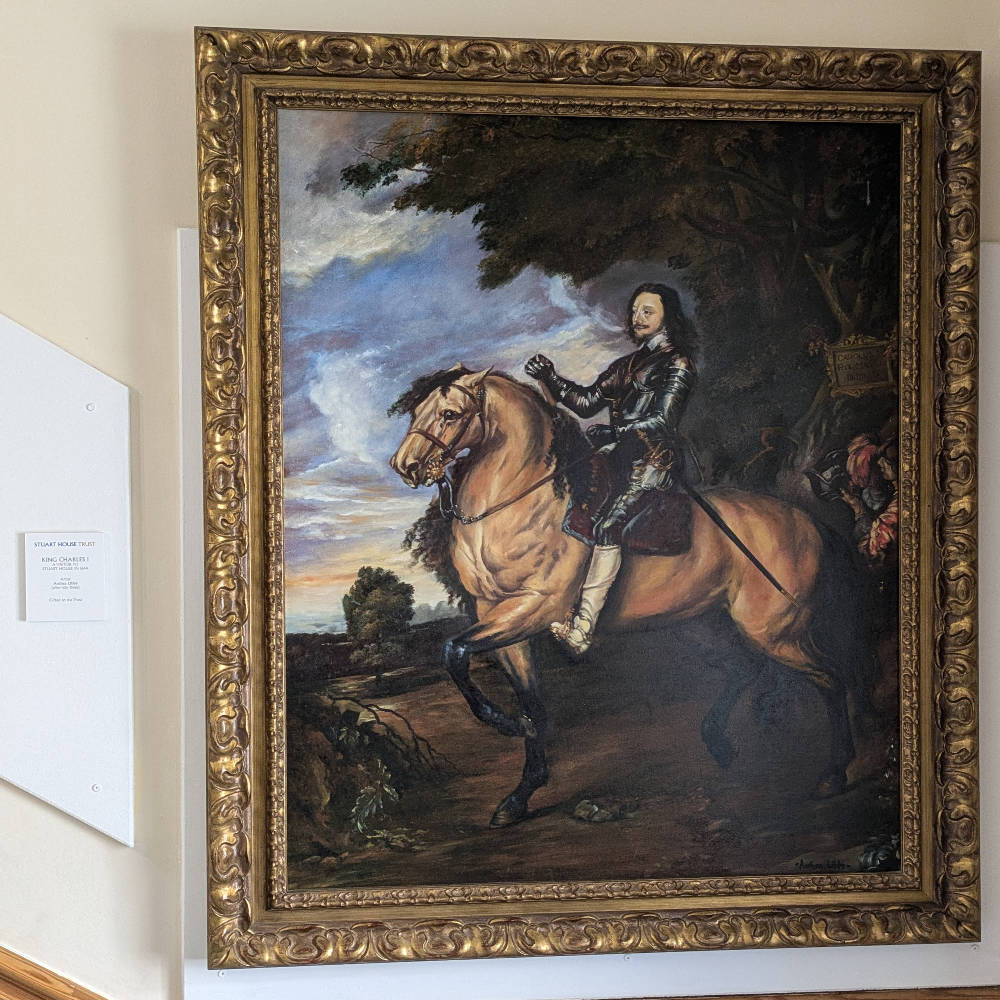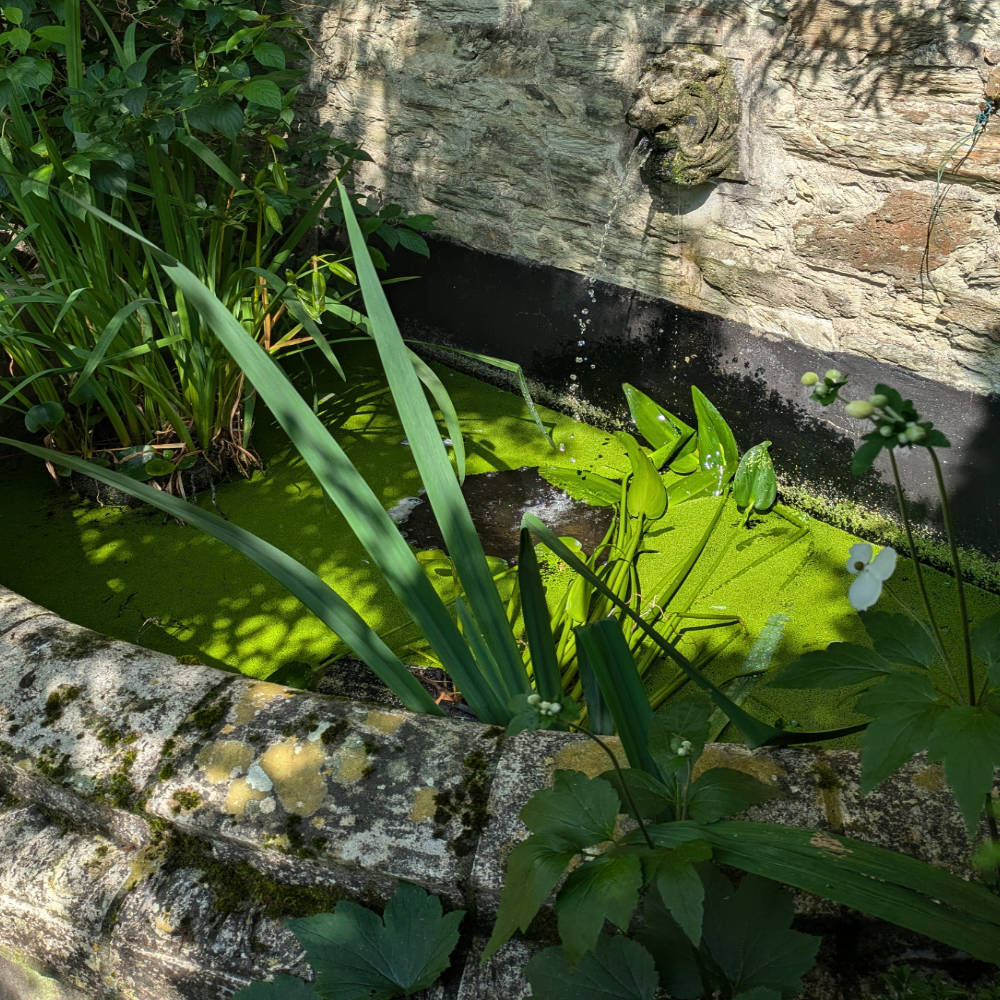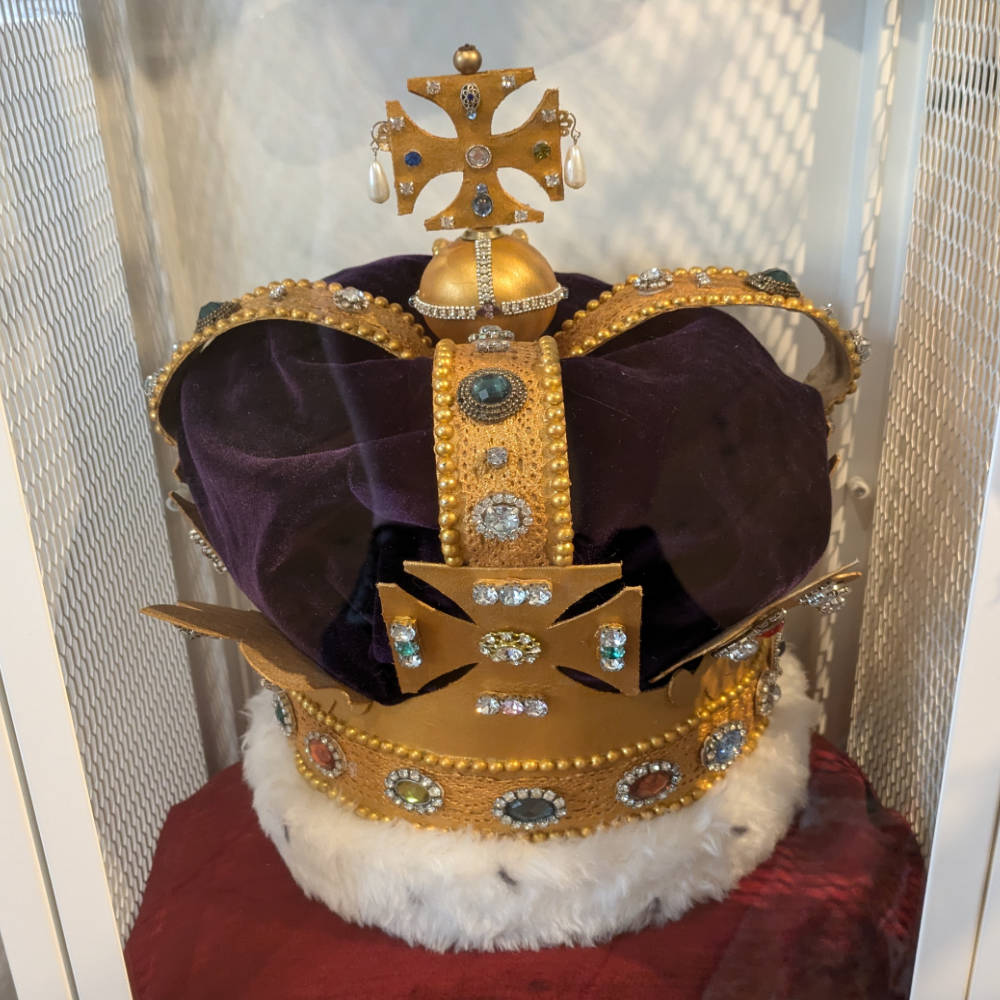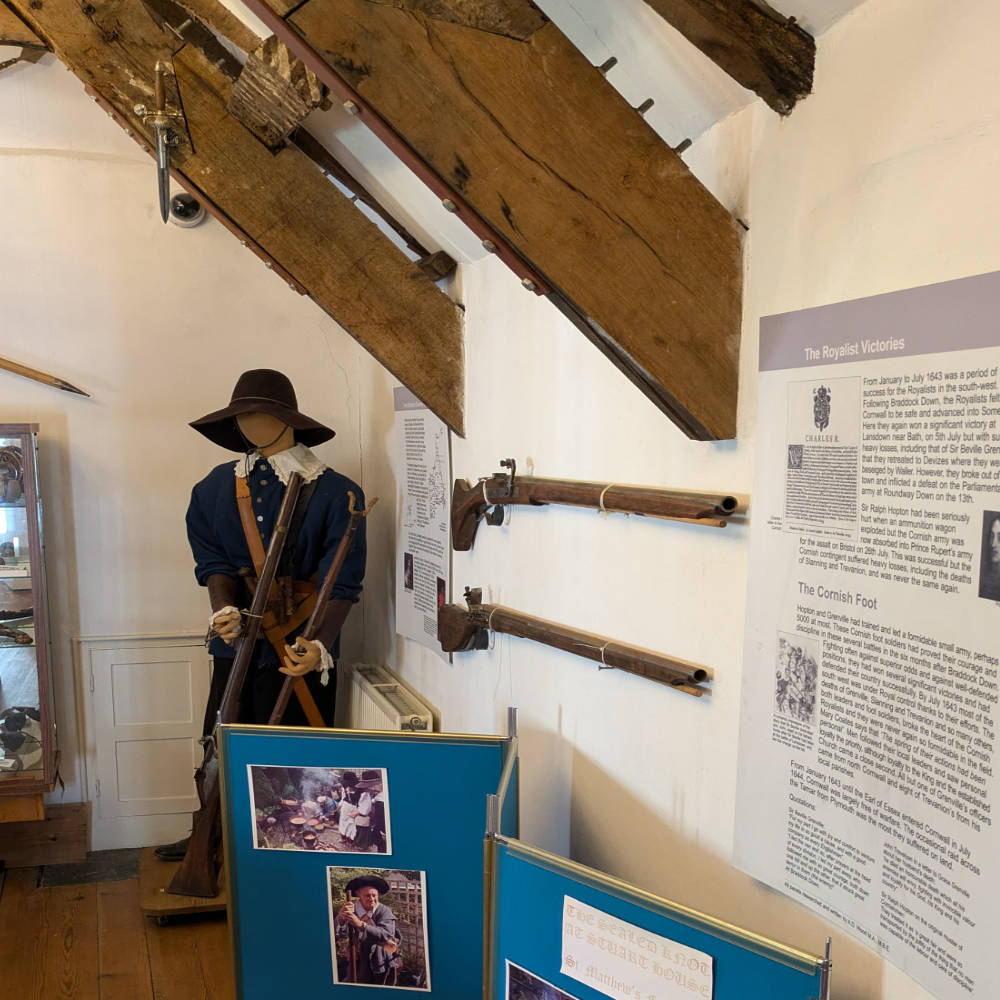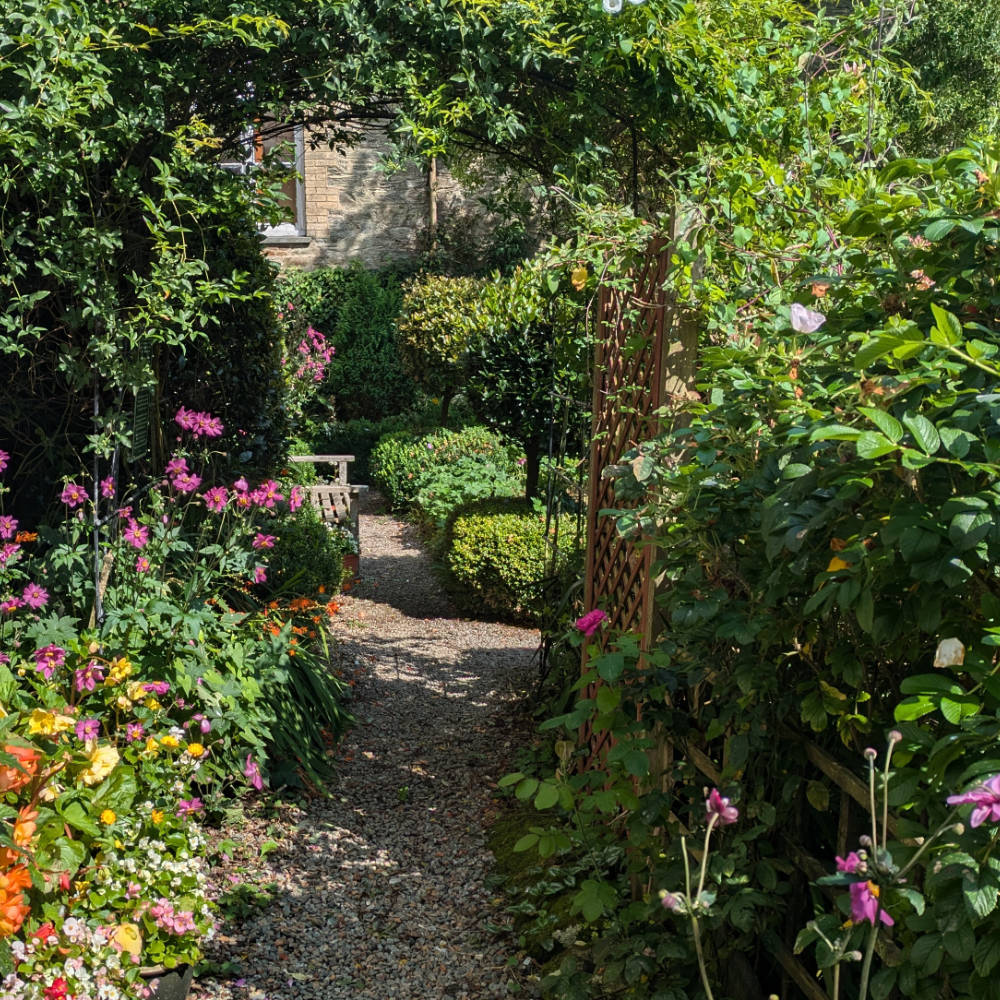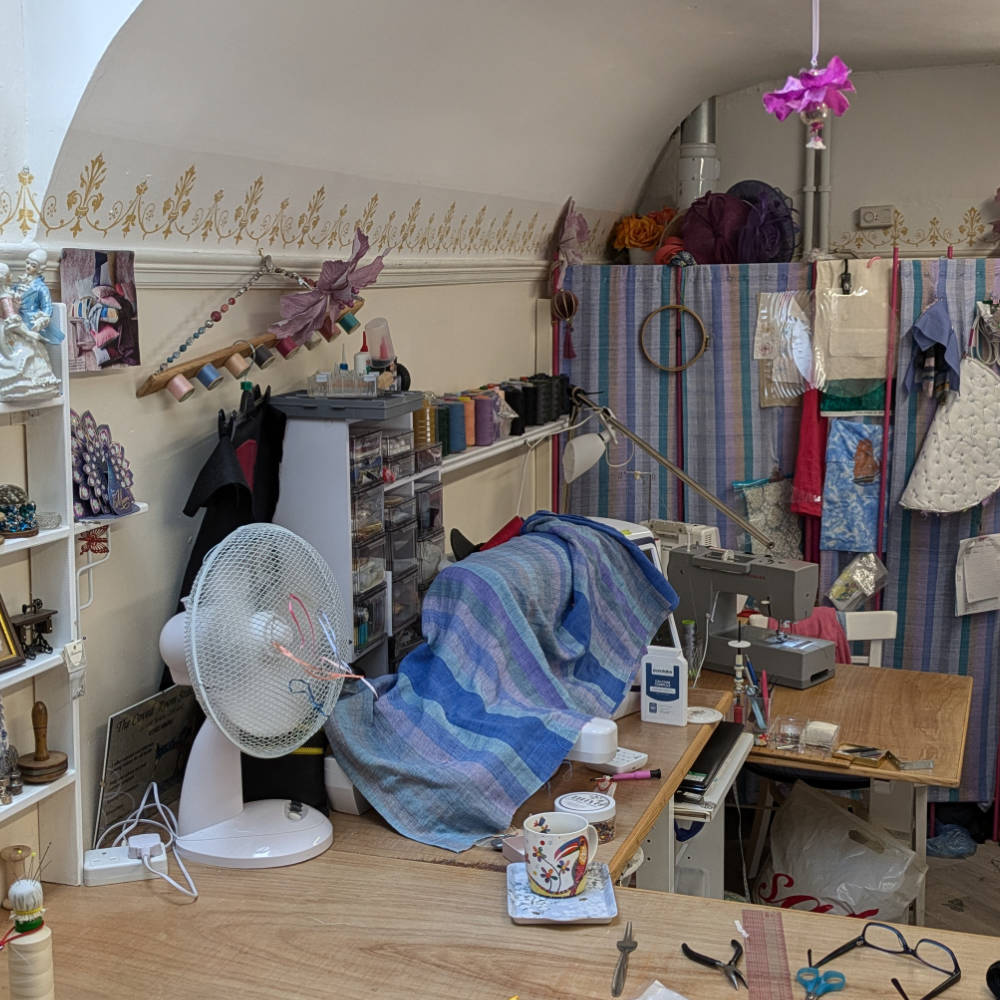Visit our Cafe
Visit us today and experience the charm of Stuart House’s Old Kitchen Café and Hidden Garden.
Free Wifi
Room Hire from £10
Whether you're planning an exhibition, a meeting, or a craft fair, Stuart House has the perfect space for your event.
Free Wifi
Events & Exhibitions
Explore Stuart era history and beyond with permanent exhibitions, art, photography, and crafts. Visit our shop and reception area
The Architecture
Stuart House architectural history.
The main architectural features have been referred to under History. The two granite arches date to the 15th or very early 16th century, although the outer one has been moved fom its original position in the rear and rebuilt in the 17th century to create an impressive entrance porch.
Originally the arches formed the axis of the house, built on the traditional long-house pattern with the Hall to the north and up-hill side, and the kitchen to the south of the axial cross-passage. The granite fireplace may date to the early 16th century but is more likely to have been added with the other features in the 17th. The oak panelling dividing the Hall from the cross-passage dates to this period, as does the three storey porch and the double gabled wing to the cast, with its granite framed and mullioned windows.
Behind the slate and rendered east front (facing onto the garden) we found two large granite framed windows, either side of the chimney, long since closed up and hidden. A door way opening from the Hall to the north, was also found during renovation. These features all date to the 17th century. The roof timbers in the east wing are good examples of the work of this period being crudely carved and pegged. The floors in this wing are of slate but were probably laid down in the 19th century.
The staircase with its dado echoing the ramps and knees of the banister, and with three turned spindles to each tread is a very fine example of local craftsmanship and dates to about 1740. A very similar one known to be of that date, exists in a large house in Lostwithiel. The three gutaes on the end of each step add a fine touch of ornamentation.
The top floor walls on the north wing are oak framed with stone infill but are only a fraction of the thickness of the ones below. The house is built of stone throughout but its west and east fronts were rendered over and then slate hung in the 19th century.
The windows on the ground floor of the west front, facing onto the street, date from the 19th or early 20th century, and those in the Old Surgery have some good coloured glass in their upper panes. The granite frames of the original windows were found under the floor of the Hall during restoration. For the rest, the windows are mostly 19th century sash ones, although one or two may be 18th century and a few original 17th century granite ones survive. Inside the doors are almost all 18th or 19th century. The Surgery does, however, have one very solid, oak, studded door.
The cellar under the stairs has an original granite window and an underground passage probably led from the cellar to the Pipe Well in the centre of the town. The passage was blocked up some 50 years ago and has yet to be re-explored.
Stuart House is a Grade II* listed building. See the English Heritage National Monuments Record
